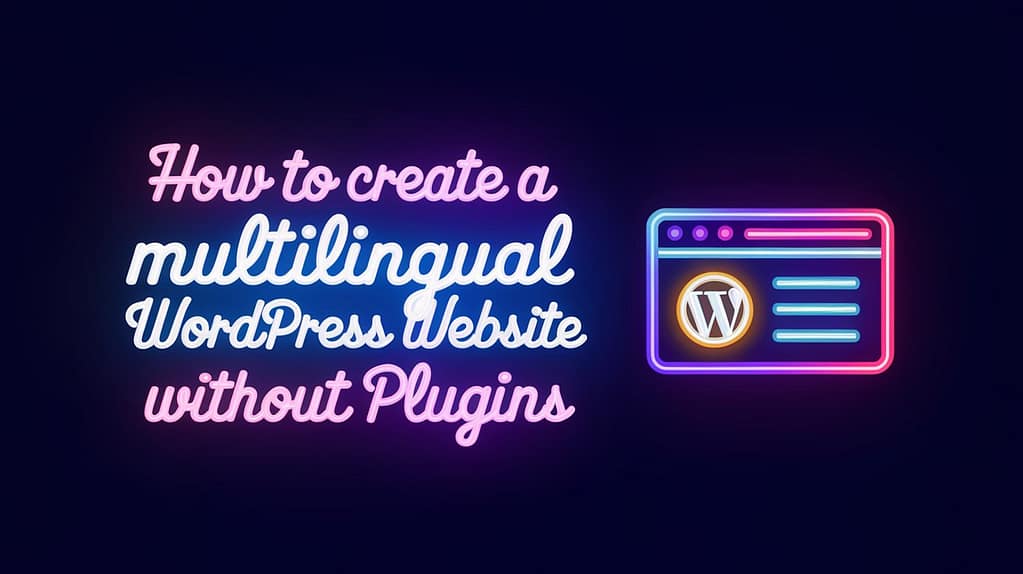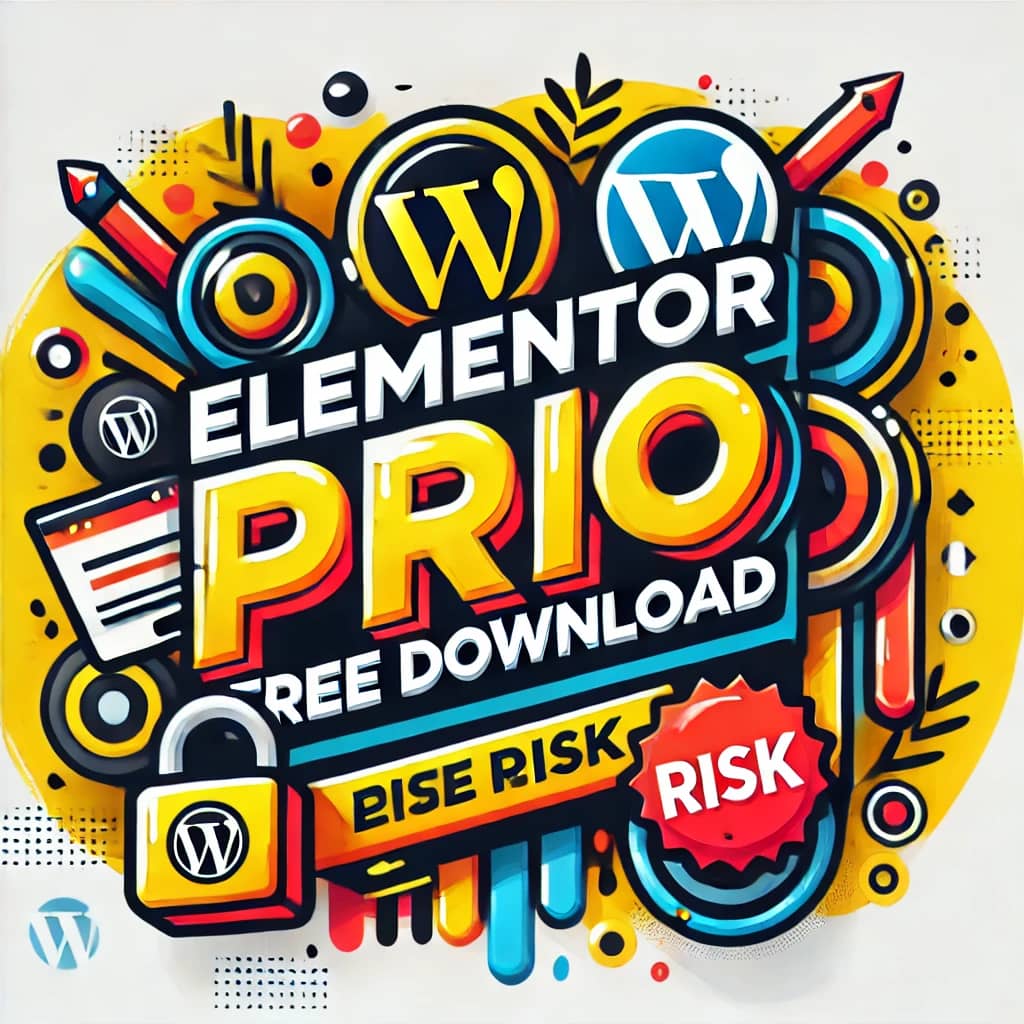
Creating a multilingual WordPress website is a fantastic way to reach a global audience, improve user experience, and boost your SEO rankings. While many people rely on plugins like WPML or Polylang to achieve this, did you know you can create a multilingual WordPress website without plugins?
In this guide, we’ll walk you through the process step-by-step, making it easy for beginners to follow. By the end, you’ll have a fully functional multilingual website that’s SEO-friendly and engaging for your readers. Let’s dive in!
Why Create a Multilingual WordPress Website?
Before we get into the “how,” let’s discuss the “why.” Here are some compelling reasons to create a multilingual website:
- Expand Your Audience: Reach non-English speakers and tap into global markets.
- Improve User Experience: Visitors are more likely to stay on your site if they can read content in their native language.
- Boost SEO Rankings: Multilingual websites can rank higher in local search results.
- Build Trust: Offering content in multiple languages shows professionalism and inclusivity.
Now that you know why it’s important, let’s explore how to create a multilingual WordPress website without relying on plugins.
Step 1: Plan Your Multilingual Website
Before jumping into the technical steps, it’s crucial to plan your multilingual website. Ask yourself:
- Which languages do you want to support?
- How will you organize your content? (e.g., subdomains, subdirectories, or separate pages)
- Who will translate your content? (You, a professional translator, or an automated tool?)
For this guide, we’ll focus on creating separate pages for each language, which is the simplest method for beginners.
Step 2: Set Up Your WordPress Website
If you haven’t already, set up your WordPress website. Ensure you have:
- A domain name and hosting plan.
- WordPress installed and configured.
- A clean, responsive theme (e.g., Astra, Neve, or GeneratePress).
Once your website is ready, proceed to the next step.
Step 3: Create Pages for Each Language
The core idea of creating a multilingual website without plugins is to manually create pages for each language. Here’s how:
- Create a New Page: Go to Pages > Add New in your WordPress dashboard.
- Add Content in the Primary Language: Write your content in the default language (e.g., English).
- Duplicate the Page: Create a copy of the page for each additional language.
- Translate the Content: Manually translate the content or use a translation service.
For example, if your default language is English and you want to add Spanish, create a page called “Home” (English) and another called “Inicio” (Spanish).
Step 4: Organize Your Pages
To keep your website organized, you can use one of the following methods:
Option 1: Use Subdirectories
Create a subdirectory for each language. For example:
- English:
www.yourwebsite.com/home - Spanish:
www.yourwebsite.com/es/inicio
Option 2: Use Subdomains
Set up subdomains for each language. For example:
- English:
www.yourwebsite.com - Spanish:
es.yourwebsite.com
Option 3: Use a Language Selector Menu
Add a language switcher to your navigation menu, allowing users to choose their preferred language.
Step 5: Add a Language Switcher
A language switcher is essential for helping users navigate between languages. Here’s how to add one manually:
- Go to Appearance > Menus in your WordPress dashboard.
- Create a new menu or edit an existing one.
- Add custom links for each language page (e.g.,
/homefor English and/es/iniciofor Spanish). - Label the links with the corresponding language (e.g., “English” and “Español”).
- Save the menu and assign it to your header or footer.
Step 6: Optimize for SEO
Creating a multilingual website is only half the battle; you also need to optimize it for search engines. Here’s how:
- Use hreflang Tags: Add hreflang tags to your website’s
<head>section to tell search engines which language each page is in. For example:
htmlCopy:-
<link rel=”alternate”hreflang=”en”href=”https://www.yourwebsite.com/home” />
<link rel=”alternate”hreflang=”es”href=”https://www.yourwebsite.com/es/inicio” />
Run HTML - Translate Meta Titles and Descriptions: Ensure your meta titles and descriptions are translated for each language.
- Optimize URLs: Use language-specific URLs (e.g.,
/es/iniciofor Spanish). - Submit a Sitemap: Create and submit a sitemap to Google Search Console for each language.
Step 7: Test Your Multilingual Website
Before launching, thoroughly test your website to ensure everything works correctly:
- Check all links in the language switcher.
- Verify that translated content displays correctly.
- Test your website on different devices and browsers.
- Use tools like Google Translate to double-check translations.
Step 8: Maintain Your Multilingual Website
Creating a multilingual website is an ongoing process. Here are some tips for maintaining it:
- Regularly update translated content when you add new pages or posts.
- Monitor your website’s performance using tools like Google Analytics.
- Engage with your audience to ensure the translations are accurate and culturally appropriate.
Pros and Cons of Creating a Multilingual Website Without Plugins
Pros:
- No need to rely on third-party plugins.
- Full control over your website’s design and functionality.
- Lightweight and faster loading times.
Cons:
- Manual translation can be time-consuming.
- Requires basic knowledge of HTML and WordPress.
- Limited scalability for large websites.
Final Thoughts
Creating a multilingual WordPress website without plugins is a rewarding process that gives you full control over your site’s content and design. While it requires some manual effort, the benefits of reaching a global audience and improving user experience make it worth it.
By following this guide, even beginners can create a professional, SEO-friendly multilingual website. So, what are you waiting for? Start building your multilingual WordPress website today and unlock new opportunities for growth!
Call to Action: If you found this guide helpful, share it with your friends and leave a comment below. Have questions or need further assistance? Let us know—we’re here to help!

